Layechini
The art of layechini which can be considered as a sub branch of arts related to the architecture has a long history in Iran. The first signs of it can be seen on the Ilkhanate tiles. The tile artists would embosom the patterns on the tiles and after heating them, the embosomed patterns would be decorated with gold. A prime example of them can be seen on the gold decorated tiles of Shrine of Darb-e Imam.
Layechini is not an art exclusive to Iran and many ancient civilizations have used it, but the difference is that in each region it was prepared and done using the materials locally found in those regions. The peak of Layechini in Iran must be searched in Safavid era. The talented masters of arts of this era have made a material using soil that after 400 years it is still adorning structures such as Ali-Qapu palace, Chehel Sotun, Hasht Behesht, and Ashraf Hall.
In order to execute the art of Layechini, first the artist moisturizes the clay and passes it through a sieve. Then uses acacia gum or tragacanth or the sap of date or grapes to make a honey like dough, and then the raw material for Layechini is made and the artist can use a brush to convey the Red Clay over the pre-designed pattern of the tile. Fillings like chalk are used for an addition to the strength and an adjustment to the volume, they also speed up and slow down the drying process of clay. After that the artist have to add the clay on top of the pattern repeatedly (layer by layer) to reach the desirable volume and depth. In truth, adding the clay layer by layer should make the pattern depth easily touched. After it has dried the artist uses a sheet of gold and resin to glue the gold over the layers of clay and if needed “Qalam Girl” can be done on the pattern. The name of this traditional art is based on the technique which is used to do it (adding the color layer by layer).
The art of Layechini after the Safavid era declined due to reasons such as difficulty of the method and being expensive to cover the embosomed patterns with gold, and it was done only in the houses of nobles in Qajar era which of curse did not bear the delicacy found in the Safavid patterns. After the Qajar era this art was passed on generation to generation to current time artists by the masters of arts such as painting Leather branding and cover makers. First signs of layechini on contemporary structures can be seen in Abbasi Hotel, in the beginning of 1970s, executed by master craftsmen of the time which currently is considered an exquisite work of art. Fortunately considering the repairs of Layechini art works by the pioneer masters of this art and conveying their knowledge to interested students, currently this art is quite well known among artists.


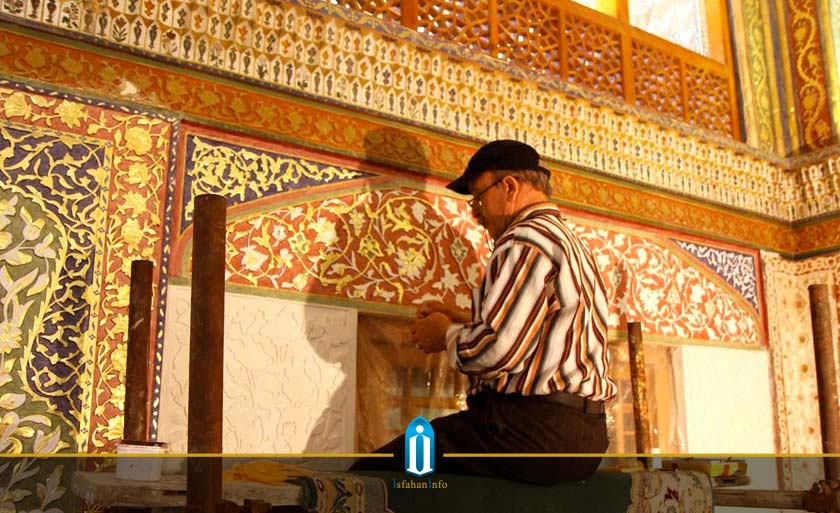
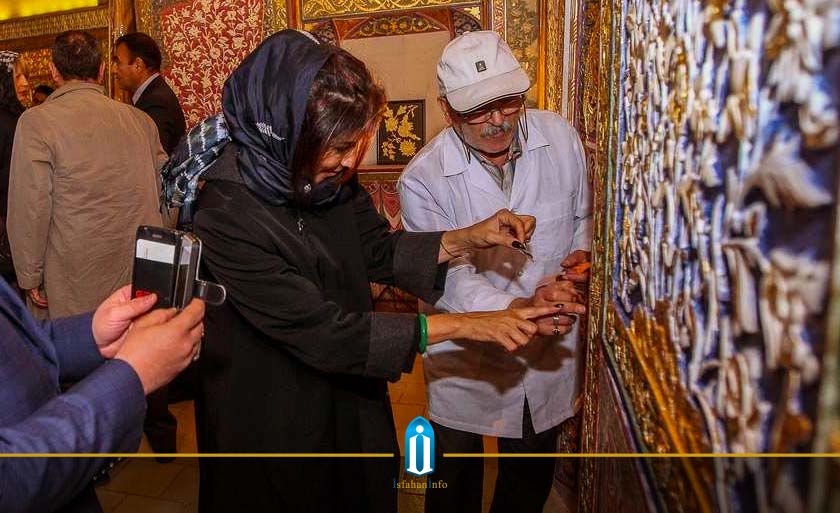

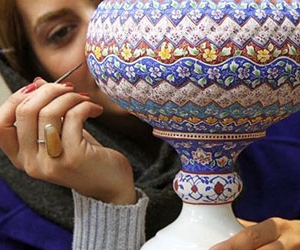
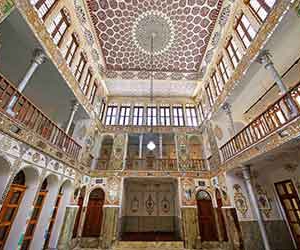
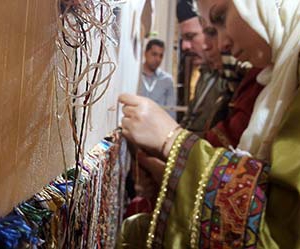



Leave a Reply
Want to join the discussion?Feel free to contribute!